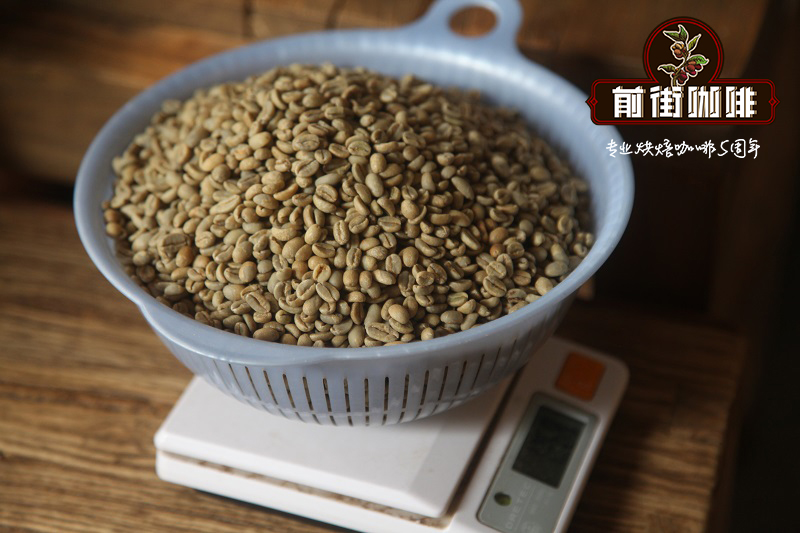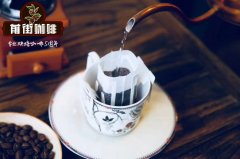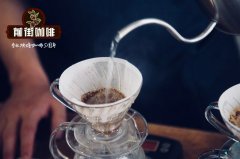How about AA Coffee from Isani Cooperative, Sengui District, Tanzania? comparison between Tanzania and Kenya

Country Tanzania
Production area Songwe
About 1700 meters above sea level
Treatment mode washing
Variety Kent, bourbon
Flavor orange peel, sweet orange, fragrant cream and maple syrup, almond cocoa, taste thick, acidity soft and round, sweet and full, fragrant wheat bread and malt biscuit finish.
Tanzania is a country with a rich coffee history and a vast coffee growing area. The main producing areas are Mount Kilimanjaro and Mount Meru. They are two volcanoes with very fertile soil. The coffee system and flavor are similar to those of Kenya. And coffee is the main cash crop in the country, 70% of which is Arabica beans, growing in northeastern Tanzania, and 30% Robusta. Mainly in the northwest near Luanda and Uganda's Kagera Kagera producing areas. Raw beans in Tanzania are mainly washed and graded in the same way as in Kenya, according to the size and flavor of beans. The order of particle size is AA, AB and PB,AA 17 and 18 mesh, AB 15 and 16 mesh, PB is PEABERRIES. The flavor grade of TOP, PLUS, FAQ,FAQ- "Fair to Average Quality" will have some slight defective beans, but it will not affect the flavor.
Insani is a cooperative made up of 93 farmers who are in charge of agricultural marketing cooperatives. Their chairman is Bingson Mwasile.
The group was founded in 2001, but the cooperative was only completed in 2016. The cooperative is located in the north of Songwe Mbozi, west of Mbeya, Tanzania. It is close to the Nangoza River, and it is easy to use water sources for post-treatment. The supervisor here, Bahati Nzowa, works with cooperative members to ensure the quality of their production.
The main planting season in southern Tanzania is from the end of May to July, and coffee trees bloom between September and October.
Coffee cherries come from 20 small farmers who sift them by hand to make sure they are ripe and send them to CPU.
Immature and overripe cherries will be taken home by farmers for household processing and will be sold locally or consumed by farmers themselves.
The infrastructure in much of southern Tanzania is very simple, while in Insani, they have fairly good facilities. They are processing on Penagos 500 eco pulper, pulping 1 ton every 1.5 hours. Cherries are pulped and slime removed, so they do not need to be fermented. The floating beans are screened and graded in a classifier and then dried in an African viaduct.
Important Notice :
前街咖啡 FrontStreet Coffee has moved to new addredd:
FrontStreet Coffee Address: 315,Donghua East Road,GuangZhou
Tel:020 38364473
- Prev

Guatemala Coffee | what is the quality of San Marcos Balanca Glenda micro-batch?
Country: Guatemala: San Marcos altitude: about 1700-2100m treatment: washed varieties: bourbon, Kaddura certified: fair trade, organic flavor: citrus, orange, lime, marshmallow dried aroma. Sip to feel clear orange peel, lemon, sweet orange, with sweet honey, western pear, plum flavor, sweet and sour, acid delicate, firm
- Next

What are the characteristics of Alishan coffee in Taiwan? is it suitable for growing coffee in Taiwan?
In Alishan, Taiwan, China, about 1200 meters above sea level, the dry aroma of Tieka flavor wine brewed berries, pineapples and mangoes, tropical fruit wine with aromas of fragrant cheese and honey, and obvious cherry flavor after temperature drop. The tail rhyme is dry longan and honey sweet. Taiwan has been the largest producer of coffee beans in East Asia since the Japanese occupation.
Related
- Detailed explanation of Jadeite planting Land in Panamanian Jadeite Manor introduction to the grading system of Jadeite competitive bidding, Red bid, Green bid and Rose Summer
- Story of Coffee planting in Brenka region of Costa Rica Stonehenge Manor anaerobic heavy honey treatment of flavor mouth
- What's on the barrel of Blue Mountain Coffee beans?
- Can American coffee also pull flowers? How to use hot American style to pull out a good-looking pattern?
- Can you make a cold extract with coffee beans? What is the right proportion for cold-extracted coffee formula?
- Indonesian PWN Gold Mandrine Coffee Origin Features Flavor How to Chong? Mandolin coffee is American.
- A brief introduction to the flavor characteristics of Brazilian yellow bourbon coffee beans
- What is the effect of different water quality on the flavor of cold-extracted coffee? What kind of water is best for brewing coffee?
- Why do you think of Rose Summer whenever you mention Panamanian coffee?
- Introduction to the characteristics of authentic blue mountain coffee bean producing areas? What is the CIB Coffee Authority in Jamaica?

